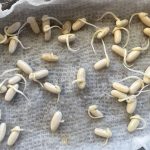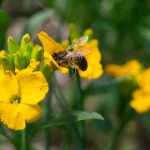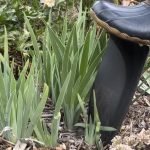I am passionate about Peonies. There are so many peonies to choose from, it can be difficult to pick the perfect peony variety for your garden.
Peonies are one of the best perennial choices for northern prairie gardens.
They are ideally suited for our zone 3-4 horticultural growing zone and they are as tough as nails. As cut flowers, they can grace any room with beauty, elegance, and fragrance.
Lean in and let’s chat about what makes peonies perfect for prairie gardens, the four basic types of Peonies available, and how to decide which Peony is the best for your gardening space.
A Little History About Peonies

If you grew up in any of Canada’s prairie provinces, you’d be familiar with Peonies.
Peonies were a staple in most pioneer gardens, and many of us still remember the peonies in our grandmothers’ gardens.
Peonies originate from Southern Europe and Asia, and one type is native to California. In Asia, Peonies are still used for herbal medicines and teas, and they are India’s national flower.
During the days of European exploration in the 16th century, Peonies made their way to Europe, and as with many non-native plants in North America, Peonies travelled here in the late 19th and early 20th centuries with settlers as they brought their favourite plants with them to the New World.
Here’s What to Love about Peonies for Prairie Gardens

Peonies are Tough
In the Plant Hardiness Zone classification system, Garden Peonies are rated to be hardy in Zones 3-8, and Fernleaf Peonies are even tougher, rated for Zone 2.
Peonies have tuberous roots that store nutrients and water, which make them virtually indestructible and drought resistant once they are firmly established.
Related: What are Plant Hardiness Zones and How do They Work?
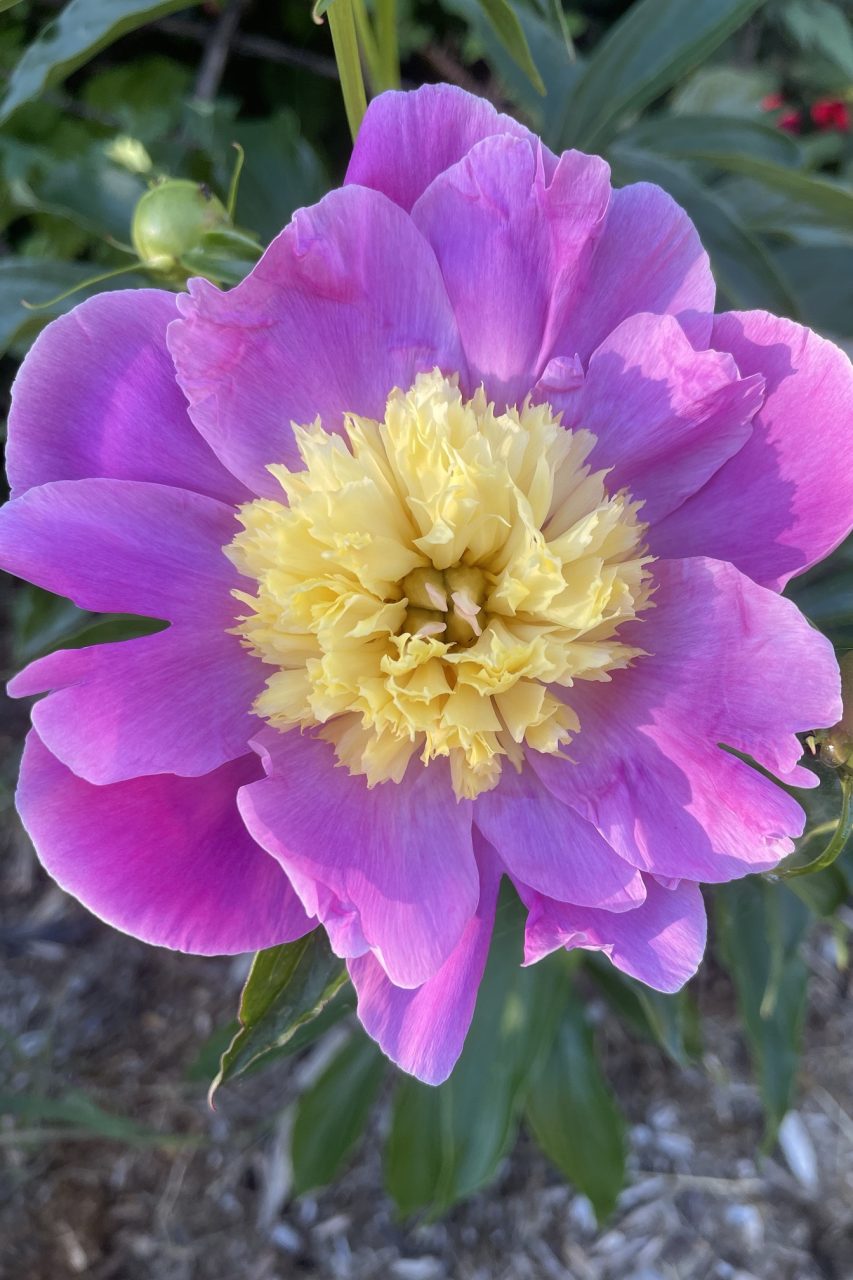
Peonies are Long-lived
Other than a little staking, deadheading, and pruning, Peonies have few care requirements.
Peonies have Beautiful Flowers
Peonies come in a wide variety of floral shapes from single flowered, anemone flowered with a fuzzy center, semi-double, double, and bomb.
Peonies are available in any colour of the colour wheel except for blue, and they can be single-coloured or two-toned.
Peonies have Fragrant Flowers
Most peonies offer some fragrance, although some are unscented. Peonies can have sweet floral scents that resemble a rose or other light, flowery scents.
Peonies Make Excellent Cut Flowers
When picked at the right time, Peonies easily last 10 days as cut flowers in clear water.
Peonies can even be picked at the bud stage, wrapped in moist paper towels, and kept in the fridge for up to 3 weeks. After that, they open rapidly and last for a shorter time.
Peony Plants Look Good After They Flower

When Peonies are done blooming, they look like a shrub with unique green foliage that requires little care until fall.
Objections to Peonies
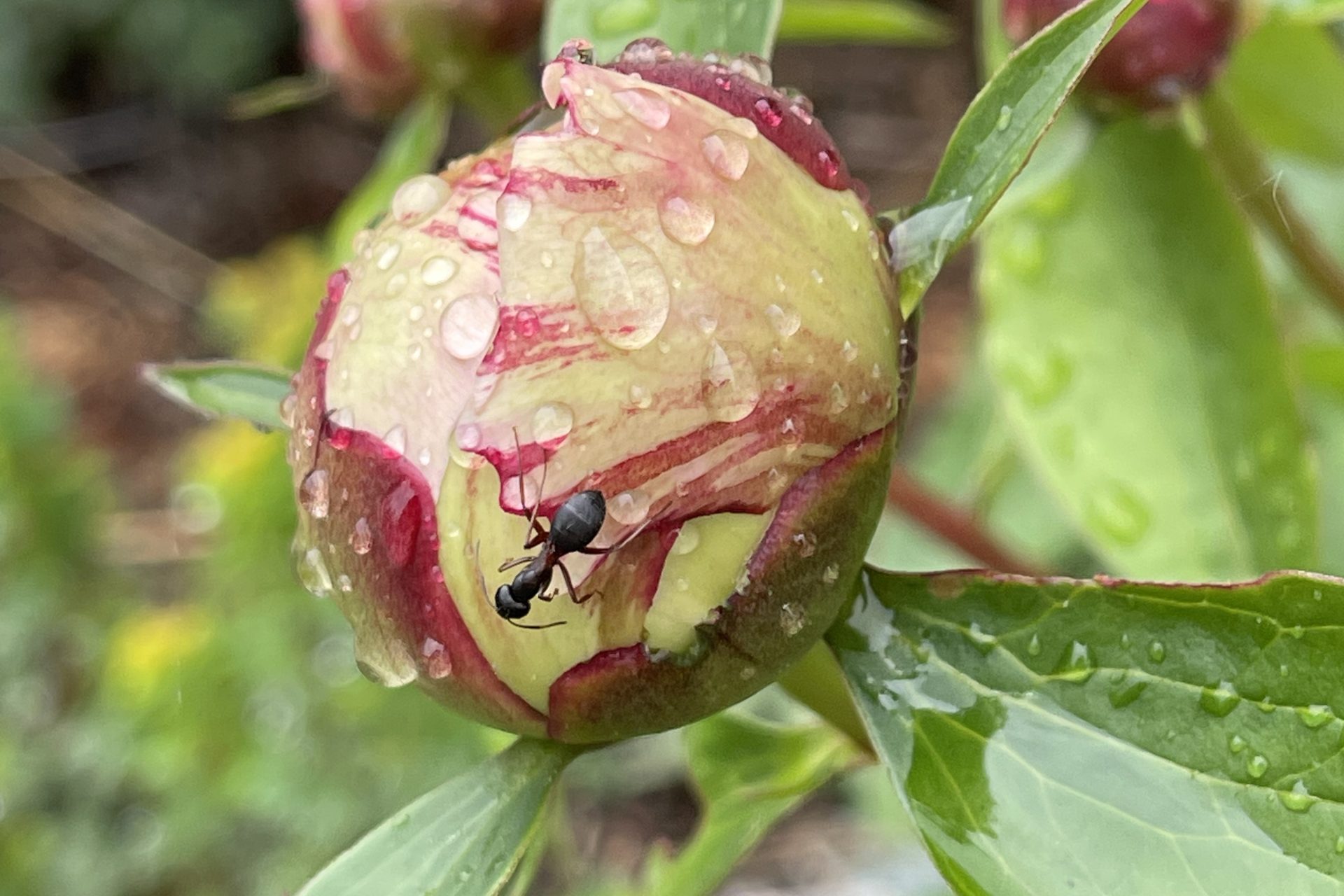
Not everyone loves Peonies, and that dislike is typically for three primary reasons: ants, branch flopping, and staking.
Let’s talk about these grievances.
The Problem of Ants on Peonies
Ants are attracted to sweet Peony nectar like most people are to chocolate. As Peony flowers develop, the nectaries outside the flowers, called extra-floral nectaries, gear up production to attract pollinators to the sweet liquid.
It is often thought that ants are required for Peonies to open, but that is not true; ants just love to feed on the sweet nectar.
Sometimes ants ride along into the house with the Peony cut flowers, which is annoying.
One way to eliminate this hitchhiking is to pick Peony flowers while they are still in bud and feel soft like a marshmallow when squeezed.
The flowers can be enjoyed as they unfold indoors, and this offers a solution to the ant problem as the ants can be shooed off before you pick them.
Floppy Peony Plants and Staking Peonies

Garden and ITOH Peony branches can get floppy as the weight of the heavy blossoms can overwhelm the stalks, and they can turn into a mess.
This problem can be solved using a Peony ring or trimming down a tomato cage to the top two rounds. This additional support prevents the branches from bending over or snaping.
The ring can stay in place all winter, and as the Peony emerges in the spring, you can guide the branches into the ring.
Four Different Types of Peonies
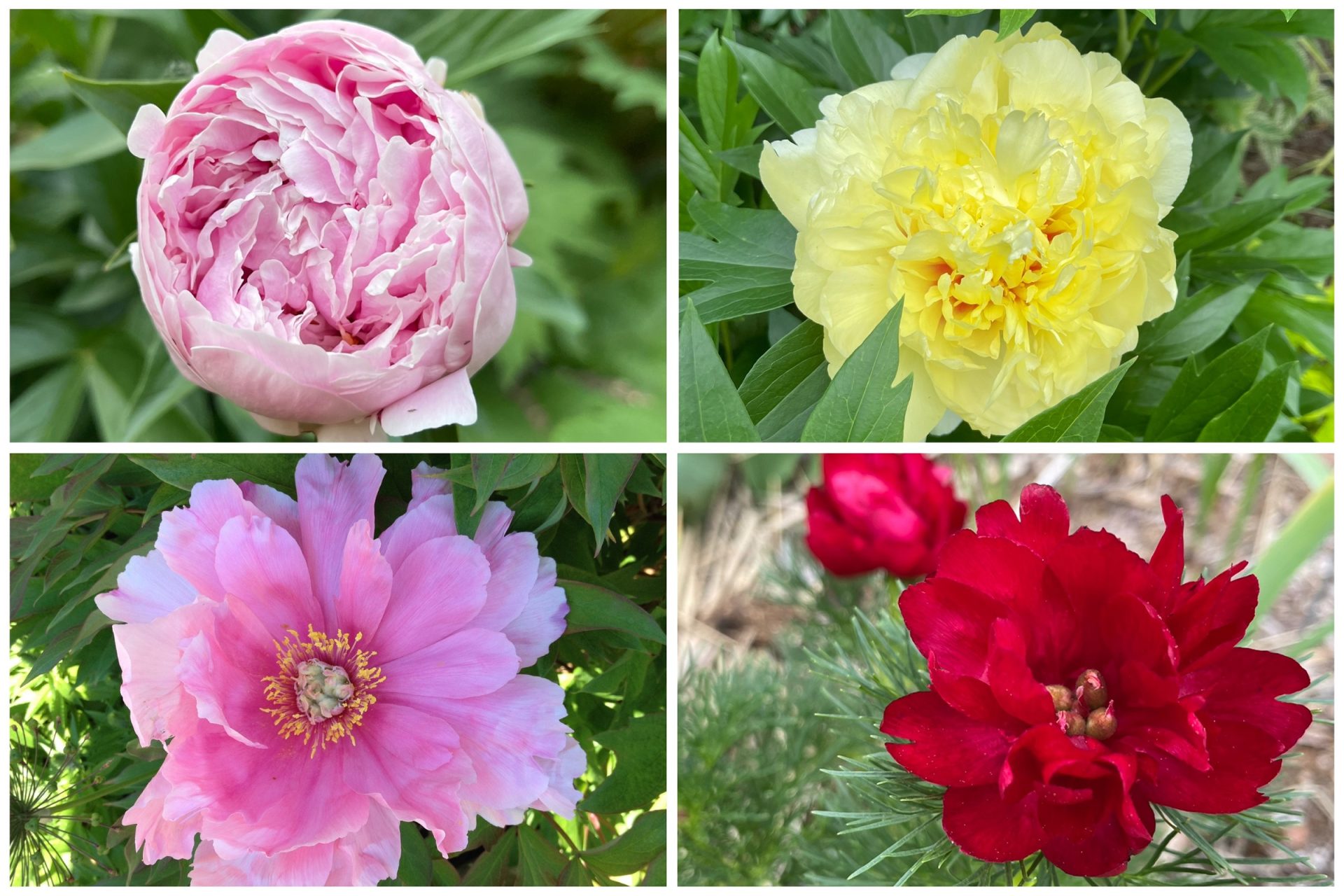
There are 4 broad categories of Peonies:
• Garden Peonies
• Intersectional Peonies (ITOH Peonies)
• Tree Peonies
• Fernleaf Peonies (Peony tenuifolia)
Before we delve into the specifics of these different Peonies, let’s discuss characteristics all the peony classes share.
Characteristics All Peonies Share
- All Peony types require a full sun growing location that offers at least 6-8 hours of direct sunshine.
- All Peonies require well-draining soil. Peonies have tuberous roots that will rot if the growing location stays too wet.
- All Peonies React Negatively to High Nitrogen Fertilizers. Peonies will stop blooming when they have too much nitrogen because all their energy will be geared to green, leafy growth
- How Peonies are Transplanted Matters. Each type of Peony has specific requirements for their crown location. It is essential to plant peony crowns correctly because it will affect blooming if it is planted incorrectly.
Related: Eight Reasons Why Peonies Won’t Bloom
- All Peonies Require Care After Planting – Water newly planted Peonies regularly (checking the soil for hydration first) for the first 2 years as they establish. Once they adapt to their new home, they will become quite drought hardy.
- Mulching is Good for Peonies – Peonies benefit from mulch. Mulch helps to retain soil moisture, cools down roots, and keeps weeds at bay. Applying a 7 cm (3”) layer around the base that extends to the drip line (this is where water drops off of the leaves) will keep Peonies in good shape. Avoid packing the mulch close to their stems.
Related: What is Mulch? Making Garden Magic with Mulch
And now, let’s explore the specifics about the different Peony types.
Garden Peonies
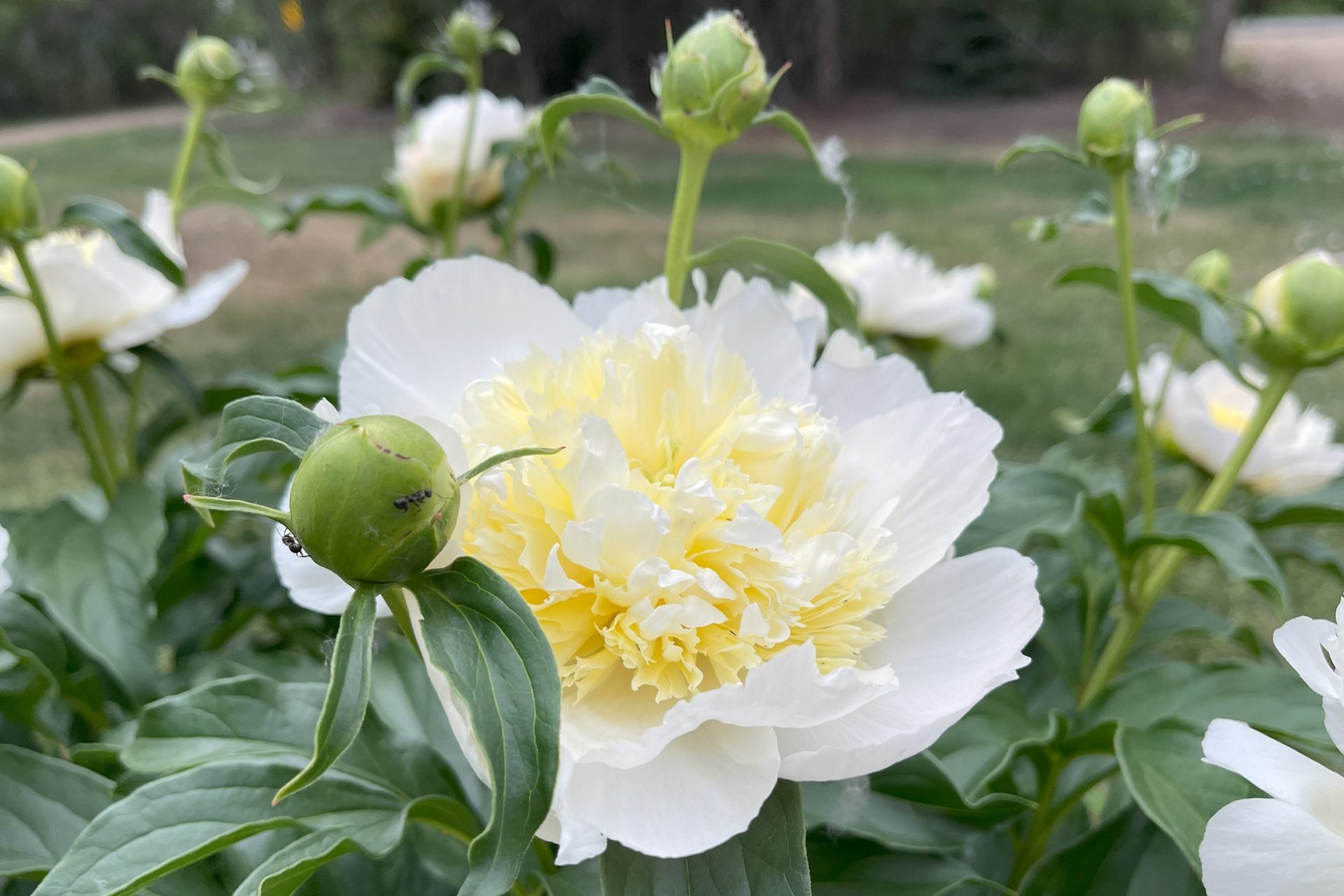
Garden Peonies are the most common type of Peony available. They have a rounded, shrub-like shape and are very floriferous, with a wide variety of flower shapes to choose from.
They are vigorous, very hardy, and most varieties are fragrant.
Garden Peony stems grow fresh from the ground each spring, which makes them herbaceous perennials.
- Bloom Time: early, mid, and late spring varieties are available
- Blossom Colours: corals, pinks, reds, pale yellows, whites
- Mature Height: varies, usually up to 1 m (3′)
- Mature Width: varies, usually up to 1 m (3′)
- Horticultural Zone Rating: 3-8, very well suited to prairie climates
- Crown Planting Depth: Plant the crown (this is the area where the root and stems meet) 4.5 cm (1.5″-2.0″) below the soil line.
- Staking: Double-flowering Garden Peonies should be staked; some single varieties may not need staking.
- Fall Care: Let foliage die back naturally to strengthen the roots nutritionally and may be cut back in the fall. Premature trimming may cause decreased blooming.
Tree Peonies
Tree Peonies have a shrub-like or tree-like shape; in warmer climates like the lower mainland of BC, they grow as tall as 1.2 m (4′).
Tree Peonies have a woody stem and new growth comes from the main stem each year.
- Bloom Time: late spring to early summer
- Blossom Colours: huge blooms of corals, pinks, oranges, purples, yellows, whites
- Mature Height: 1 m (3′) in Alberta, 1.2-1.5 m (4-5′) in warmer zones
- Mature Width: 1 m (3′)
- Horticultural Zone Rating: 4-9, a little tender for Alberta, and if they grow, they will stay shorter.

- Planting Depth: plant graft union 10-15 cm (4-6″) below the soil line
- Staking: not required
- Fall Care: Let foliage die back naturally in the fall to strengthen the roots nutritionally. Do not cut back woody stems.
ITOH Peonies / Intersectional Peonies
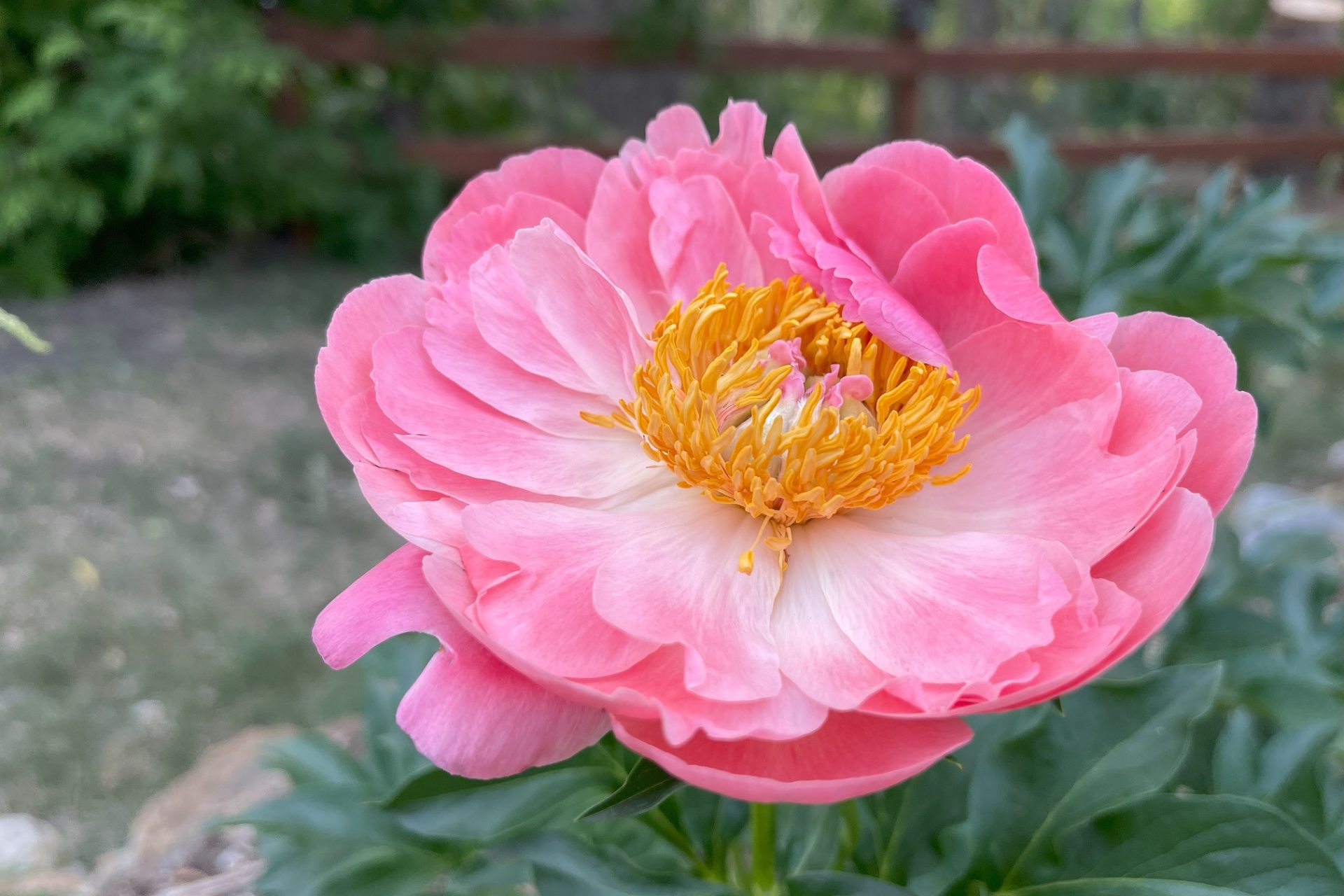
ITOH Peonies / Intersectional Peonies are a cross between garden and tree peonies that were developed by Dr. Toich Itoh in the late 1940s. They have large semi-double flowers, a long blossom period, and they are vigorous growers.
Garden Peony stems grow fresh from the ground each spring.

Want the inside scoop on more gardening tips? Get early access to all my blogs and exclusive content by signing up for my newsletter!
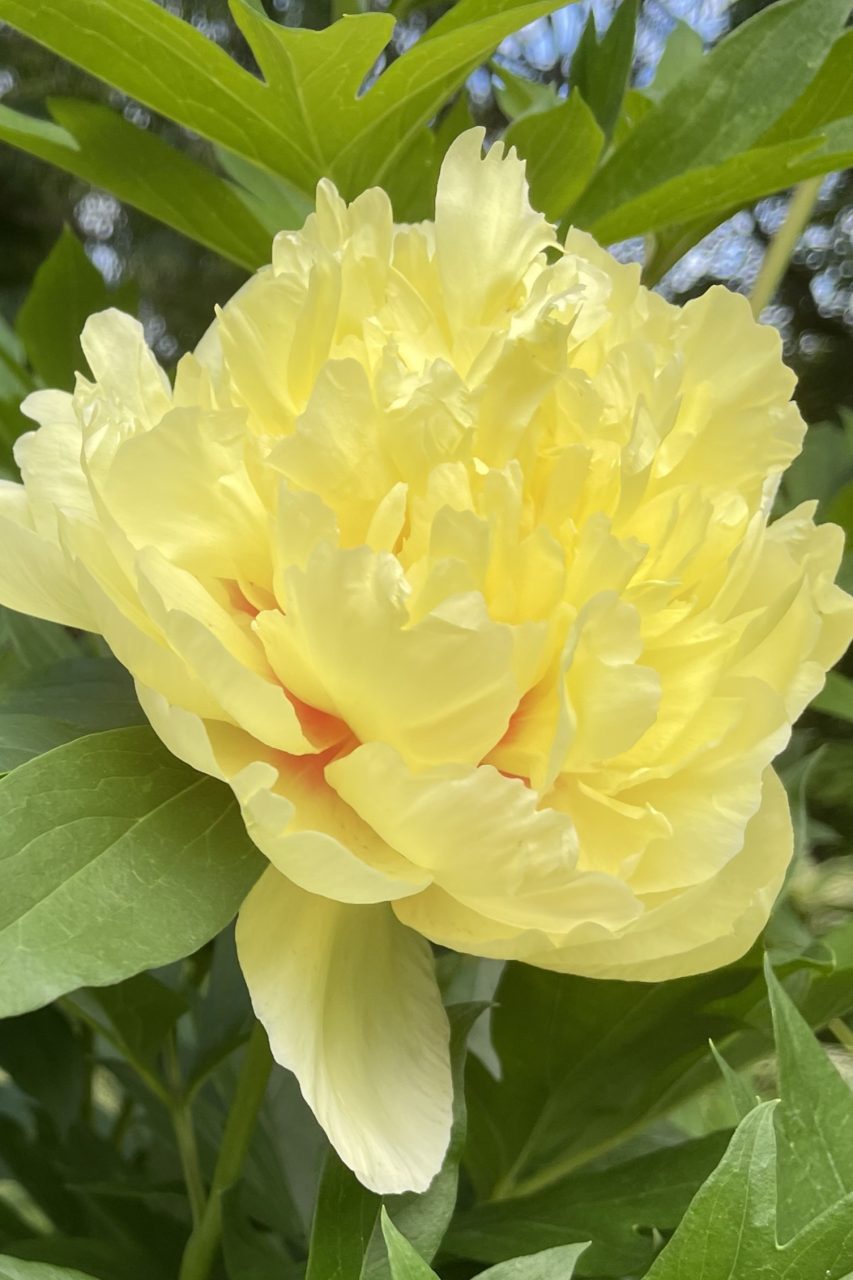
- Bloom Time: late spring to early summer
- Blossom Colours: unique blooms of corals, oranges, pinks, reds, yellows, whites all with or without flares. Flares are a coloured marking near the center of the flower.
- Mature Height: usually up to 1 m (3 feet)
- Mature Width: usually up to 1 m (3 feet)
- Horticultural Zone Rating: 3-8, these are well adapted to our Alberta climate
- Planting Depth: Plant the crown (this is the area where the root and stems meet) 4-5 cm (1.5″-2.0”) below the soil line.
- Staking: sometimes required
- Fall Care: Cut foliage back in late fall, leaving about 10 cm (4”) of the stem because buds are usually carried in the lower part of the stem just under the soil, like garden peonies.
Fernleaf Peonies (Peony tenuifolia)
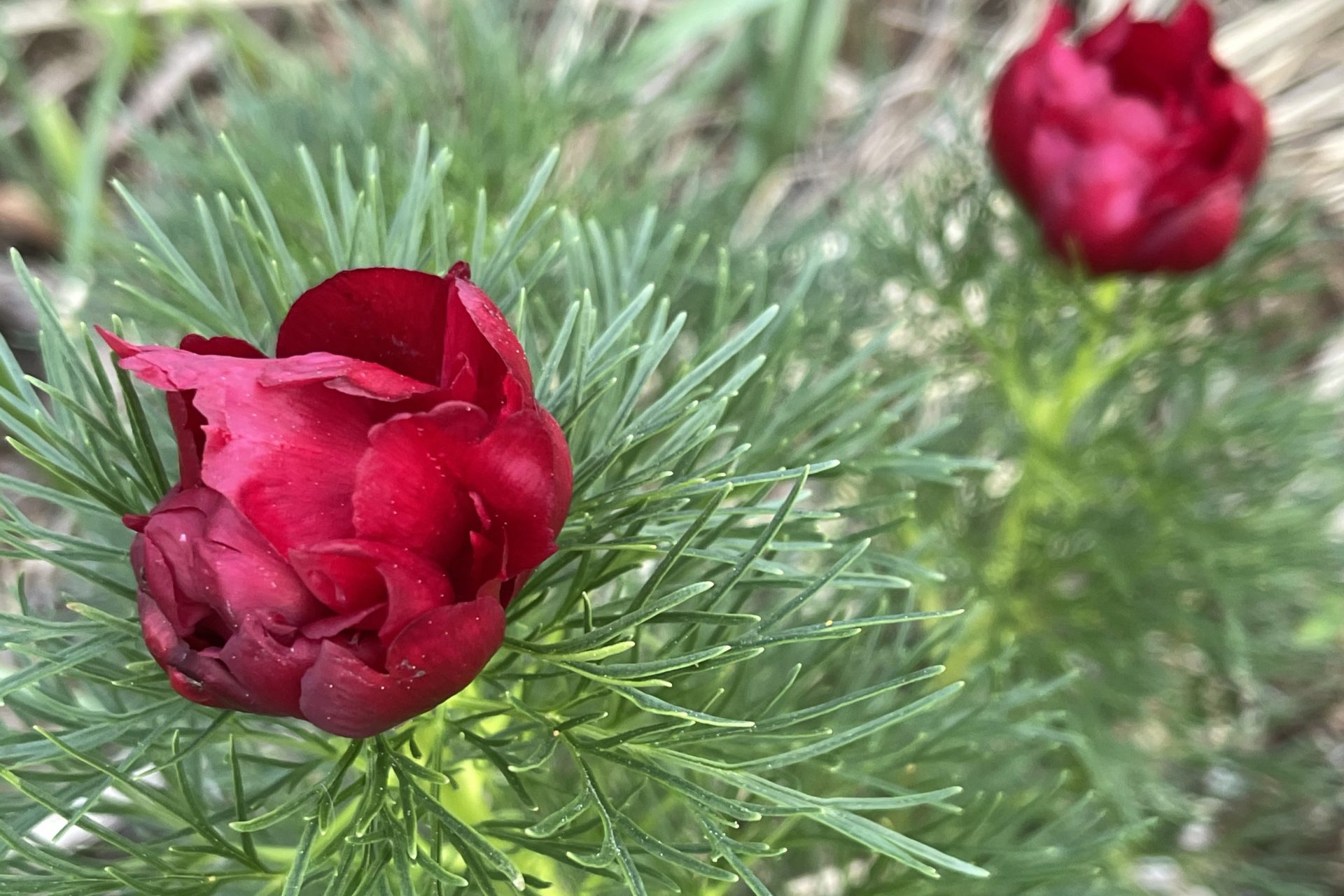
Fernleaf Peonies are highly sought-after northern garden Peonies with uniquely dissected leaves that resemble ferns with a Plant Hardiness Zone rating of 2-8. They are vigorous and hardy once they are established.
Fernleaf Peonies are herbaceous, which means that they grow fresh from the ground each spring, just like Garden & ITOH Peonies.
They are among the first flowers to blossom in early spring, boasting their beautiful deep red single or seme-double flowers.
- Bloom Time: early spring
- Blossom Colours: deep burgundy red
- Mature Height: usually up to 60 cm (2′)
- Mature Width: usually up to 60 cm – 1 m (2-3′)
- Horticultural Zone Rating: 2-8, Peony tenuifolia is very hardy once established, but it is the most challenging Peony to root securely.
- Planting Depth: Plant the crown (this is the area where the root and stems meet) 4-5 cm (1.5″-2.0”) below the soil line.
- Staking: sometimes required
- Fall Care: Cut back stems in late fall to give roots a good opportunity to gather nutrients for the winter, leaving about 10 cm (4″) of the stem because buds are usually carried in the lower part of the stem and under the ground like garden peonies.
Free Downloadable Peony Chart
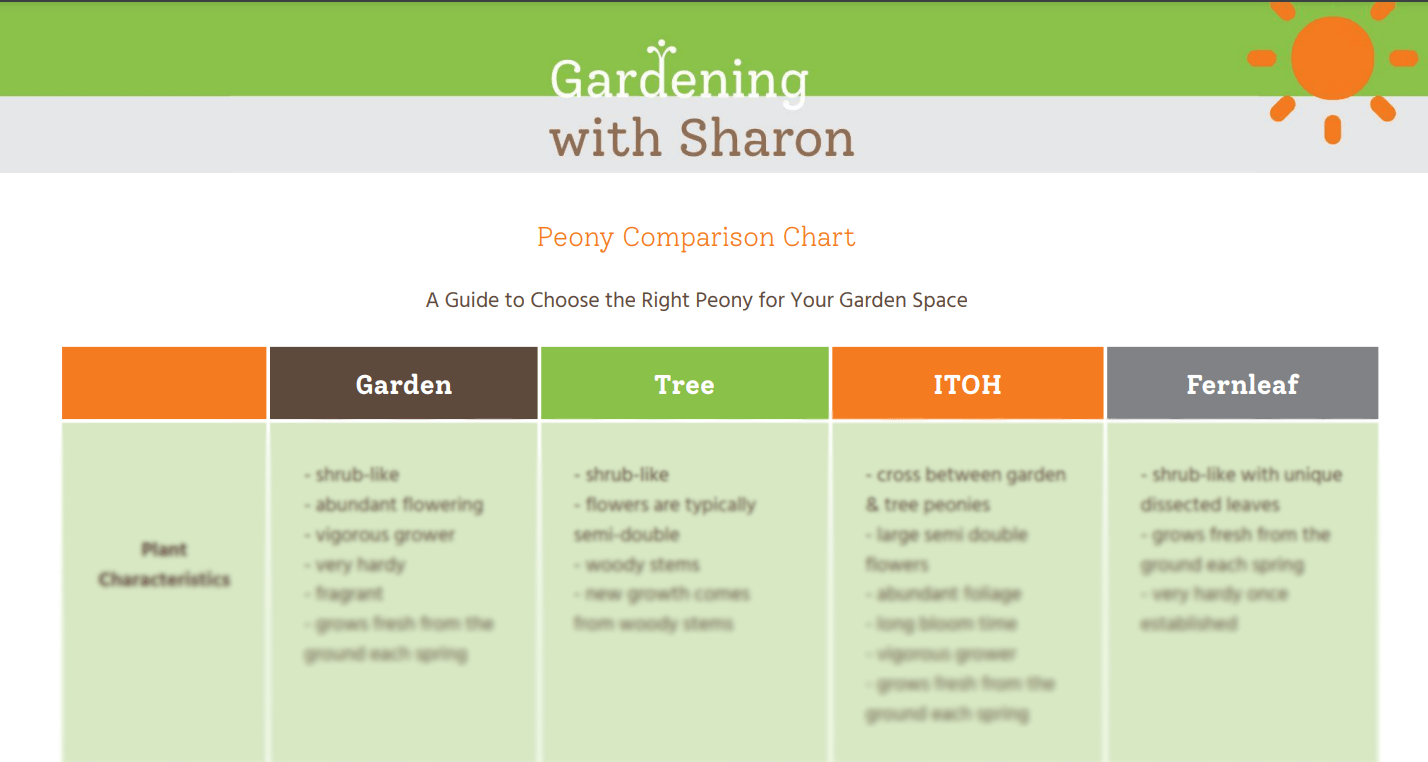
Use this free downloadble pdf chart to help you decide which Peony is the right one for your garden.
Which Peony is Right for You?
With their wonderfully romantic blossoms, Peonies can be a fantastic choice for northern and prairie gardens up to zone 3. Not only are they gorgeous, but they’re also a fantastic beginner flower thanks to their hardiness!
Growth habit, flower type, maintenance, and plant growing zone all factor into making the decision about which Peony is the right one for your garden.
I am so enthusiastic about Peonies, I wonder if there ever is a wrong Peony choice…no matter what colour or variety you choose, every peony has the capacity to add beauty and colour to your garden!

Want the inside scoop on more gardening tips? Get early access to all my blogs and exclusive content by signing up for my newsletter!
©Sharon Wallish Murphy ©Gardening with Sharon
















